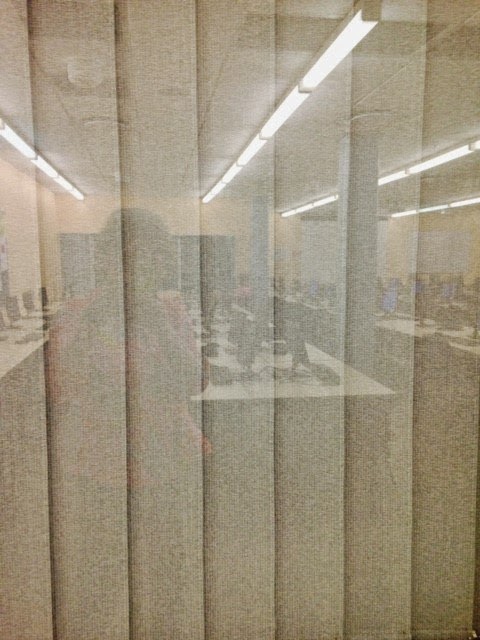Drawing meanings from drawings
The potential for
using drawings to interrogate practices in medical education is becoming more
and more appealing as I delve into this modality. While images in terms of
diagrams and imaging are integral components to medical training, asking
individuals to draw on their experiences, thoughts and feelings through
drawings is not common.
In our Faculty we
have used drawings in a limited way with first year students. For several years
I was asked to instruct my small group of students to draw their personal development
illustrating their learning in a semester course. These images were interesting
with frequent reference to metaphors such as growing beans, meandering rivers
and flowers opening up. Thick wax crayons were used as cost was always a big
concern. I began to question how authentic such evaluations were, and
whether we were actually rather facilitating students’ strategic actions to
complete a desired task to please their teacher. As the facilitator of student
learning, I grew to dislike the materiality of the crayons as it placed a
childish perspective to the many course tasks that had potential. Later I
introduced alternative stationery to offer more choice to the students.
In 2013 I used the
title of this blog for a presentation at the Higher Education Learning and
Teaching in South Africa (HELTASA) conference in Pretoria. It was a small part
of a collaborative group project organized by our course facilitators from a
professional development course run by the Cape Consortium for Higher Education
(CHEC). This presentation is on Slideshare at http://www.slideshare.net/VeronicaMitchell/drawing-meanings-from-drawings
Through recent
involvement in two collaborative research projects where drawings are integral
to the processes, my interest has been reignited. When we can better integrate
personal insights and experiences into the drawings, they can become
exceptionally meaningful with useful sense-making of situations. Last week I
had the opportunity to ask 13 educators in the Faculty to create their
individual drawings responding to a video clip from our Head of Department, now
on YouTube at http://youtu.be/kwBDT1JElWY
Above is my simple
and quick drawing indicating the ladder of 6 years of study that comprises the
medical curriculum. The majority of students enter the Faculty with great
ambitions to be caring and to make a positive impact on health, yet along the
climb and after graduation, there are many uncertainties and huge challenges
that they face in our public health system that frequently leave them
floundering sometimes resulting in them climbing off the ladder or at
times falling.
My personal
observations from these recent drawing projects:
Ø Engagement with the task of drawing
varies: some people dive in with great enthusiasm and others are frozen with
uncertainty
Ø Paper size: some use the large A2
option while others fold up the sheet to work on a smaller, more defined
surface
Ø Types of images: people, nature and
conceptual representations indicate the varying connections made by individuals
Ø Focus: Some avoid the real issues
such as prevailing tensions using alternative images while others dig deeply
into interrogating issues through their images
Ø Colours: The choice of colour seems to be significant. For instance, monochromatic may indicate a single
perspective as opposed to multiple colours and textures reflecting the
complexities
Ø Emotion: sometimes clearly evident,
sometimes emerging through the oral description of the image, and other times
missing
It feels like
drawings can offer deeper insights than photos but are more challenging to
elicit.








